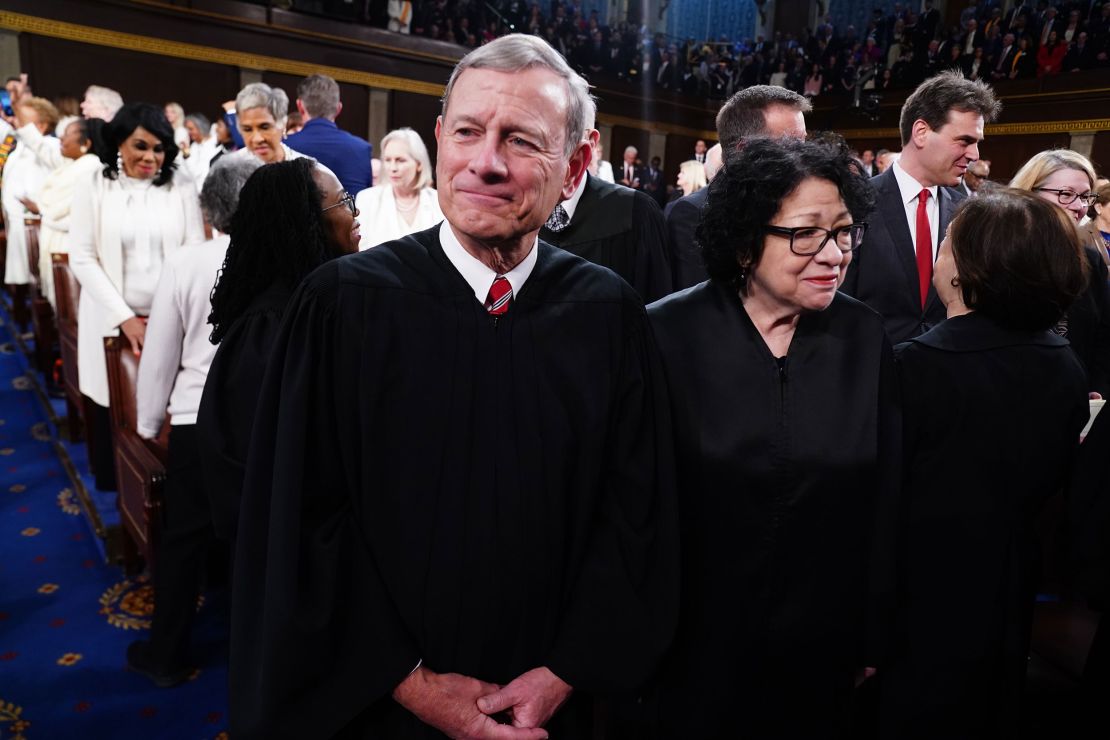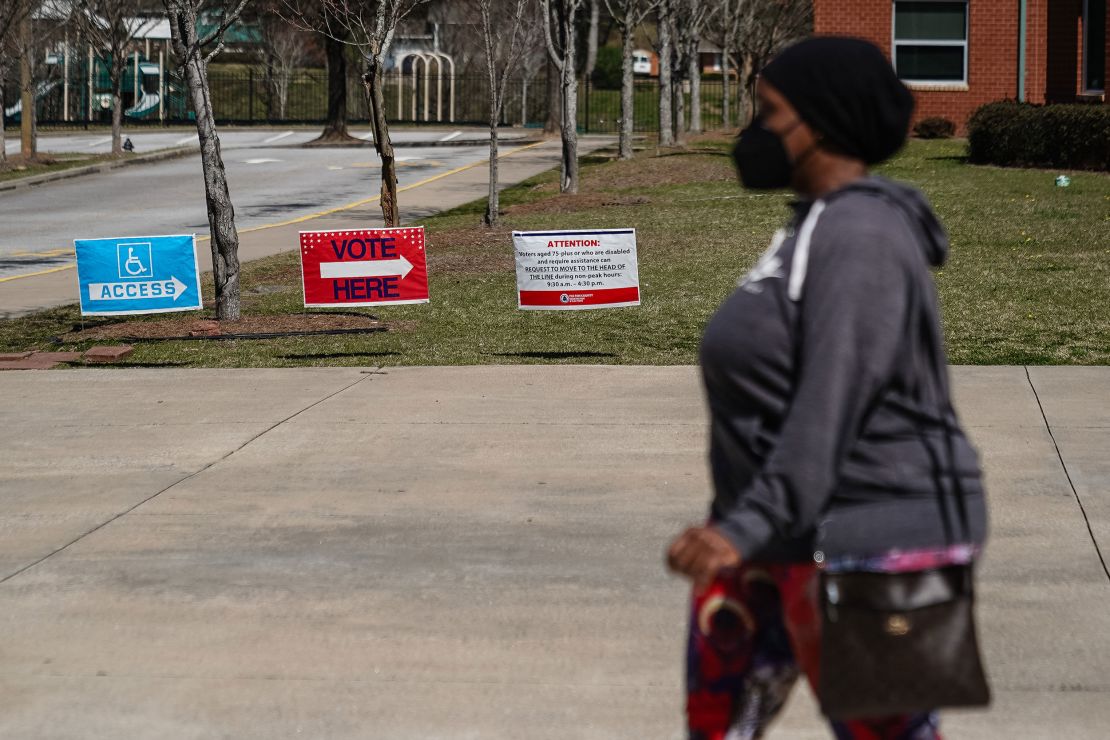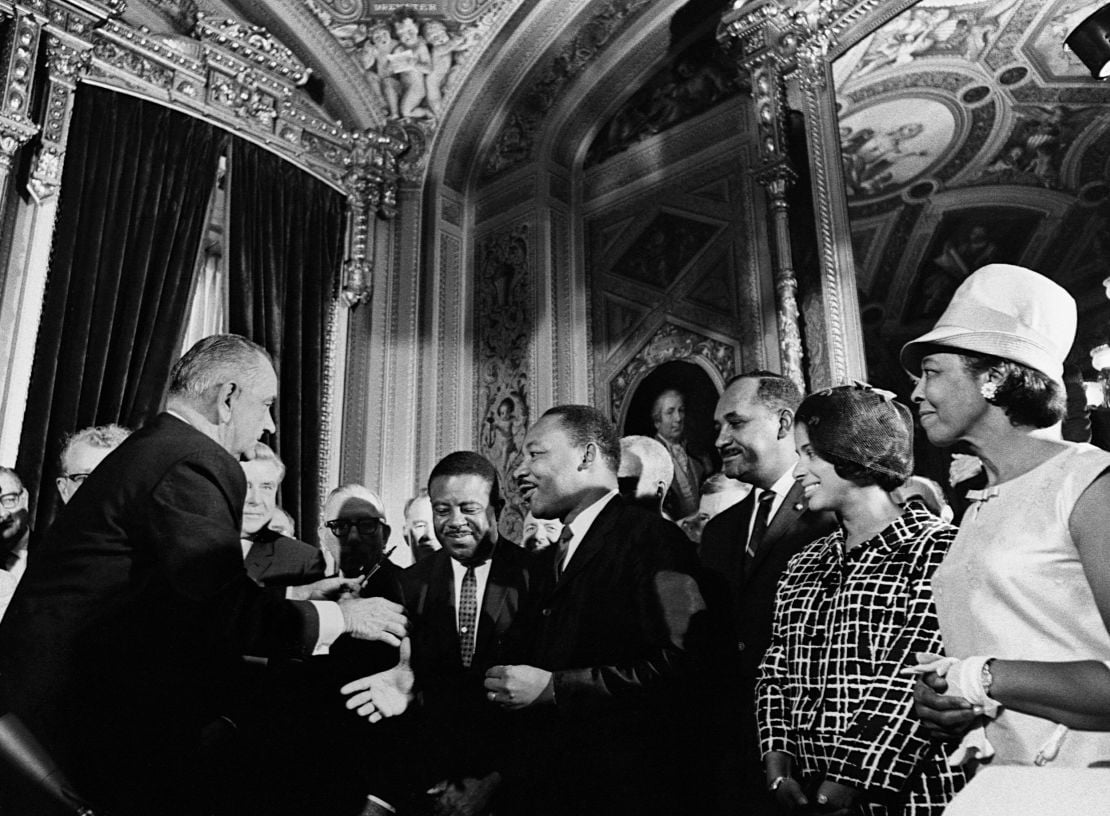
In Short
- The supreme court’s decision on the voting rights act has led to increased racial discrimination in voting.
- Voter turnout gaps have widened since the removal of crucial enforcement mechanisms.
- The impact of the shelby decision on voter suppression laws and elections is significant.
TFD – Discover the ramifications of the Supreme Court’s ruling on the Voting Rights Act, racial discrimination, and voter turnout in our in-depth analysis.
The outcome of the election in November may depend on a ruling by the Supreme Court, but it is unrelated to the actions of former President Donald Trump.
According to a recent study by the liberal Brennan Center for Justice, since the Supreme Court struck down what civil rights activists deemed to be the Voting Rights Act’s (VRA) most potent tool against racial discrimination in voting in 2013, there has been a steady increase in the racial turnout gap, or the difference in the turnout rate between White and non-White voters.
The landmark VRA law was undermined by a conservative majority on the high court in the Shelby County v. Holder ruling, which removed a crucial enforcement mechanism. Under that clause, any new electoral reforms, including redistricting, voter ID laws, or polling place operations, had to receive “preclearance,” or federal approval, from states and jurisdictions having a track record of racial discriminatory voting practices.
In the Shelby decision, Chief Justice John Roberts stated that “our country has changed” for the better and that extra precautions against racial discrimination in voting were no longer necessary. He cited the fact that in many of the Southern states covered by the VRA’s preclearance provision, Black voter turnout now surpasses White voter turnout as evidence.
The Supreme Court’s analysis of the facts, according to the Brennan Center research, “was far too narrow.” According to the report, since 2012, the racial turnout disparity has expanded in jurisdictions that were formerly subject to the preclearance provision of the VRA nearly twice as quickly as it did in other, comparable regions of the nation.
According to the report, the 2012 presidential election played a role in the “narrow” racial turnout differential that the Supreme Court drew extensively upon in its Shelby ruling. Black voters were probably very driven to elect former President Barack Obama back to office, which is why there was a smaller turnout difference between White and Black voters in that election rather than a sign that America had changed much.
The Brennan Center study looks at trends in the turnout gap since 2008, although it is unable to directly compare the present trends to those from before the Obama administration because to a lack of comparable data for prior years.
However, the study’s findings support those who disagree with the Shelby ruling. Following that landmark court decision, proponents of voting rights claimed that voting would become more challenging for Black and other non-White individuals. They projected that a surge of voting restrictions, which some now refer to as “Jim Crow 2.0,” would be unleashed, primarily in Southern GOP-led states.
It seems that their concerns were validated. GOP-led state legislatures enacted a plethora of restrictive voting measures after the Shelby verdict. The preclearance clause of the VRA previously applied to many of those states.
Officials in at least three of those states—Texas, Mississippi, and Alabama—announced they would establish stronger voter ID legislation, or that they had already done so, within a day of the Shelby ruling.
How November’s election could be decided by the disparity in racial participation
There might be more effects from the removal of the VRA’s most potent anti-racism weapon. According to Lawrence Goldstone, author of “Imperfect Union: How Errors of Omission Threaten Constitutional Democracy,” it might decide who wins this year’s presidential election.
Goldstone predicts that seven battleground states will likely determine the outcome of this year’s presidential election. Numerous states, such as North Carolina and Georgia, have sizable non-White voter populations. Voter suppression laws, which were prohibited by a previous version of the Voting Rights Act, have the potential to sway elections if they dissuade a sufficient number of potential voters.

For instance, Biden prevailed in the 2020 presidential contest despite Shelby’s seven-year tenure. However, his victory hinged on slim margins in a few battleground states, where a high participation of Black voters in places like Georgia contributed to the outcome.
Following Biden’s win, a number of voter restriction legislation were introduced by Georgia’s GOP-led legislature, which many voting rights advocates claim were targeted at Black voters. Before the Shelby ruling, the VRA would have most likely prevented the implementation of such new voting limitations.
“Almost all forecasters have stated that voter turnout will be crucial to winning this election,” Goldstone adds. “Putting your finger on the scale is the same as putting a brick on it if you use razor-thin margins to even slightly decrease turnout. By doing this, you are raising the likelihood that one side will win.
According to Goldstone, one of the goals of the Shelby ruling was to place a thumb on the scale. According to him, the conservative majority on the top court had enough of proof from earlier rulings by lower courts that racial discriminatory voting practices continued. Despite knowing that their choice would harm Black voters—who typically support the Democratic Party—they chose to ignore it, he claims.
The conservative majority, according to Goldstone, disregarded substantial evidence from two earlier court rulings, one of which was rendered by a federal court judge that former President George W. Bush had selected, which found that the VRA’s preclearance was still required because overt discrimination in voting continued. The lower court rulings referenced other instances of overt voter discrimination that preclearance had prevented, one of which was from Shelby County in Alabama.
He contends that “the Supreme Court is a political institution every bit as much, if not more, than a jurisprudential one.” “It was obvious that these unfair voting procedures would return and that White people would not be the target of them.”
Others, however, contend that the Shelby ruling validated the civil rights movement.

Commentator and former constitutional law professor Horace Cooper claims he was against Section 5 of the VRA because it went against the Rev. Martin Luther King Jr.’s vision of the United States two years after the Shelby decision. According to him, the law was not intended to favor any specific racial group.
Cooper, a professor at George Mason University in Virginia, states, “We want a society that judges people by the content of their character rather than the color of their skin.” This is in line with what Martin Luther King Jr. said.
According to Cooper, the VRA has been used by the US Justice Department to compel different states and localities to ensure that a specific percentage of ethnic minorities hold elected office.
Cooper asserts, “That’s not a colorblind society, and that’s not what Martin Luther King thought.”
The violent past of the Voting Rights Act
Following King’s historic voting rights campaign in Selma, Alabama, the bill was approved in 1965. The “Bloody Sunday” march at the Edmund Pettus Bridge in March 1965 was the campaign’s turning point, when television images of White Alabama state troopers assaulting Black protestors demanding the right to vote inspired Congress to take action.
More than any other civil rights legislation, the Voting Rights Act’s passage contributed to the end of Jim Crow laws. Without the VRA’s authority, the US would not have chosen President Obama to be its first Black president. A healthy VRA that guaranteed Black voters’ access to the polls and a high turnout of Black voters in Southern states like North Carolina helped Obama win his first term in office in 2008.

It is commonly known that Roberts is hostile toward the VRA. As a young attorney working for the Reagan administration, he attempted to restrict the application of the law. He came to regard it as an attack on the “equal sovereignty” of states, as he would later refer to it.
However, the high court’s precedent on voting rights could change in unexpected ways.
Roberts surprised a lot of people last year when he and Brett Kavanaugh, another conservative judge, sided with the court’s liberals in preserving the VRA, an Alabama decision that safeguarded Black voters. He upheld the ruling of a lower court that Alabama had violated the Voting Rights Act (VRA) by creating a congressional district layout that excluded Black voters.
Nevertheless, the Shelby decision’s effects endure.
According to the Brennan Center, legislators in 14 states passed at least 17 measures last year that make it more difficult for eligible Americans to cast ballots.
According to Goldstone, the enactment of those laws undoes the progressive increase in voting rights. She also notes that historically, women, Native Americans, Asians, Jews, and Catholics were not only denied the ability to vote in the US, but also Black people. Yet the nation “expands our sense of what democracy means to include all sorts of people, slowly and tortuously,” according to him.
“One of those decisions that put the brakes on that democratic progress is Shelby County,” he claims. “In the past, this won’t be a carefully considered choice.”
Shelby’s questionable legacy would suffer more if the racial turnout disparity decides who wins the presidency in the future.
Roberts’ claim that the nation was done with the “strong medicine” of the VRA’s main clause may not just seem foolish. It will provide additional support to those who criticize the Shelby decision, arguing that it was nothing more than a cunning scheme to weaken the influence of non-White voters in a country that is fast becoming more diverse.
“More Than I Imagined: What a Black Man Discovered About the White Mother He Never Knew” was written by CNN Senior Writer John Blake.
Conclusion
The Supreme Court’s ruling on the Voting Rights Act has had profound effects on racial discrimination, voter turnout, and the democratic process, highlighting ongoing challenges and the need for continued vigilance in protecting voting rights.
Connect with us for the Latest, Current, and Breaking News news updates and videos from thefoxdaily.com. The most recent news in the United States, around the world , in business, opinion, technology, politics, and sports, follow Thefoxdaily on X, Facebook, and Instagram .
